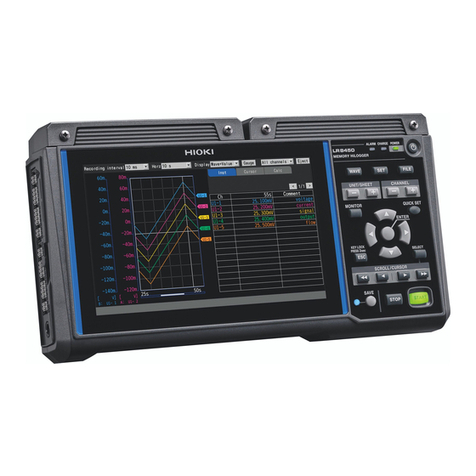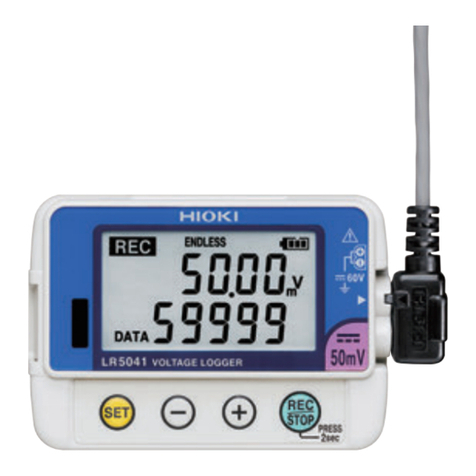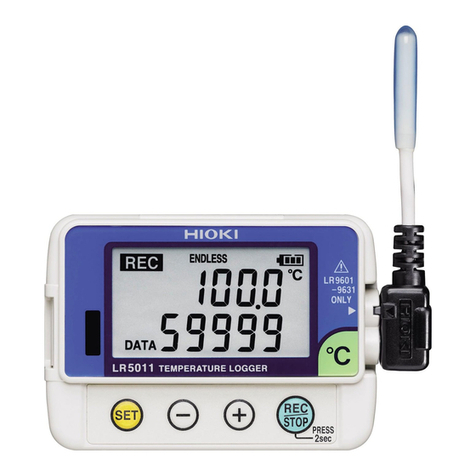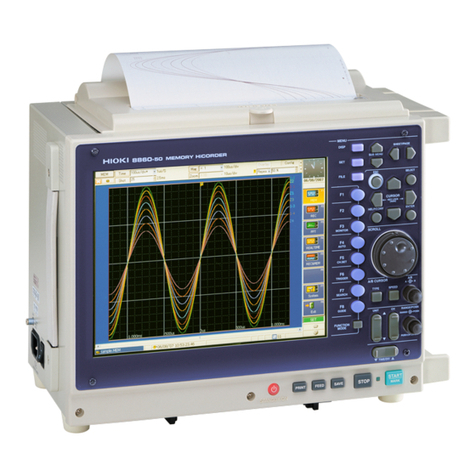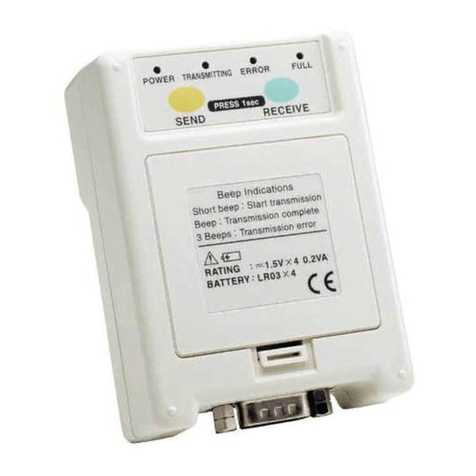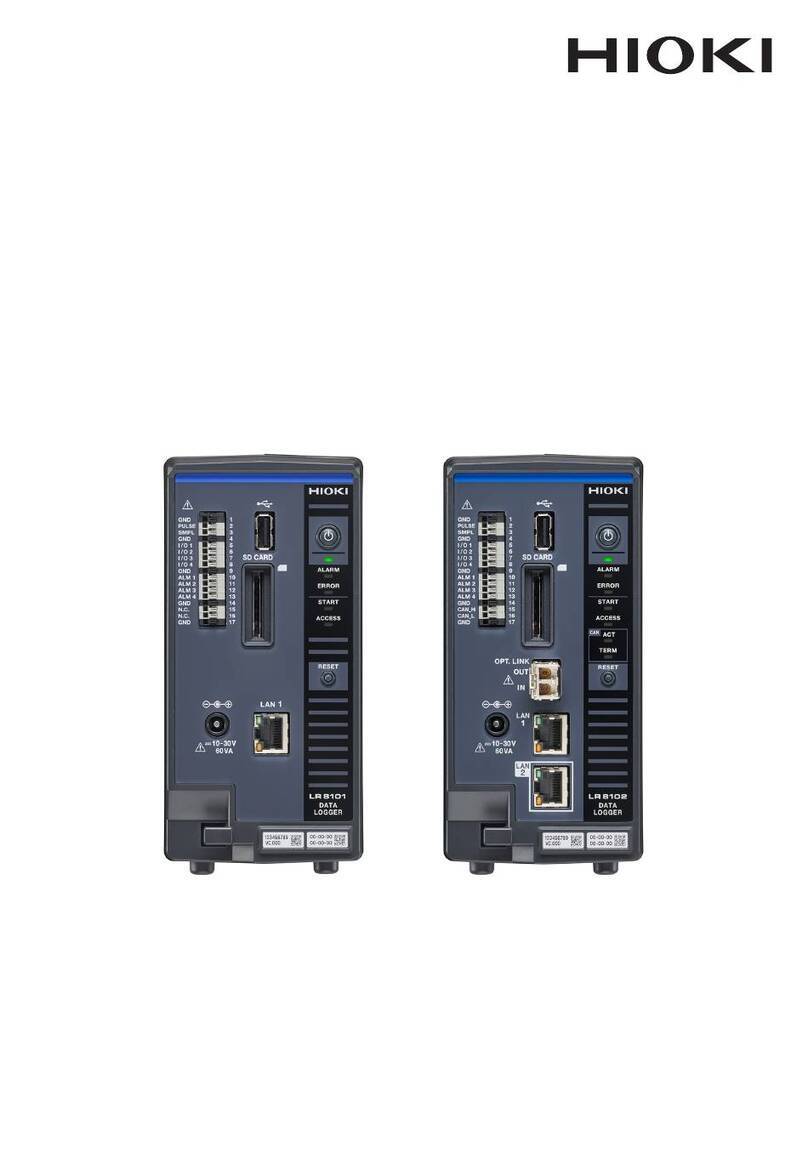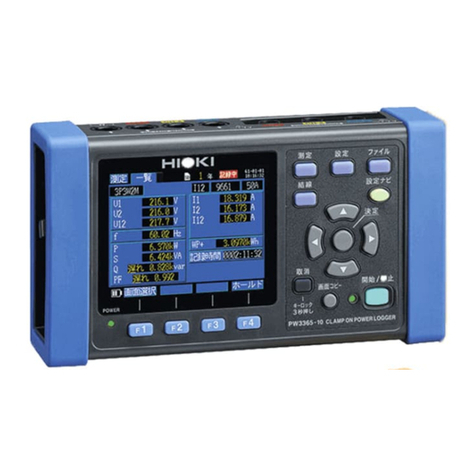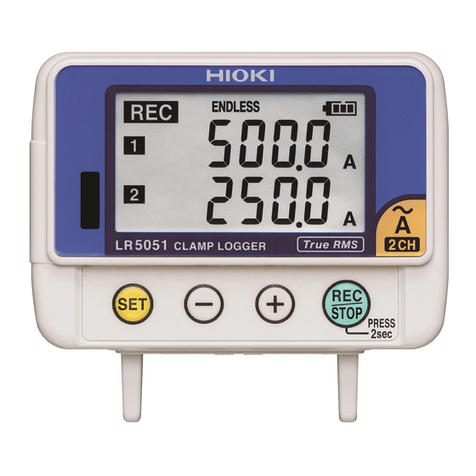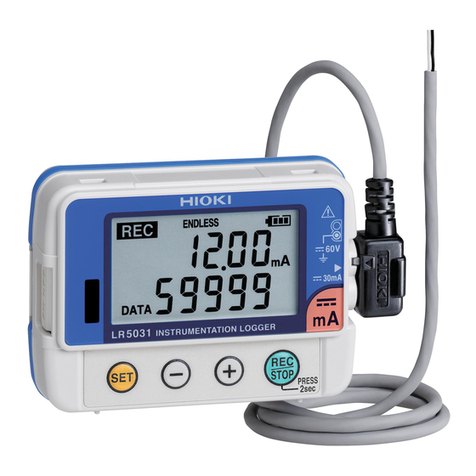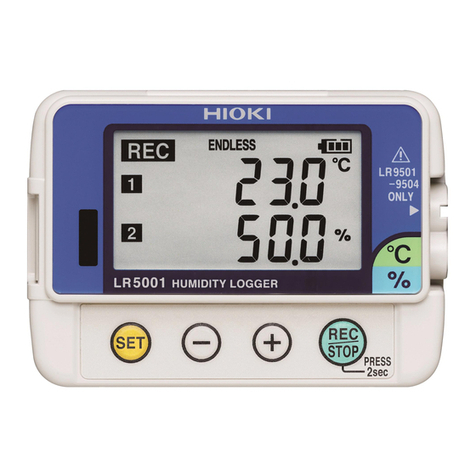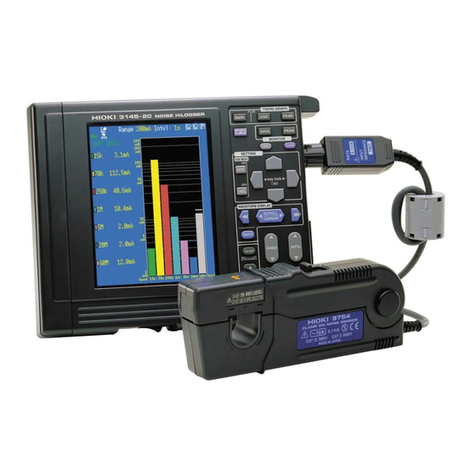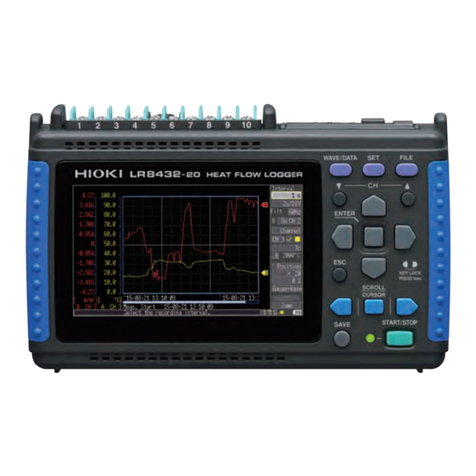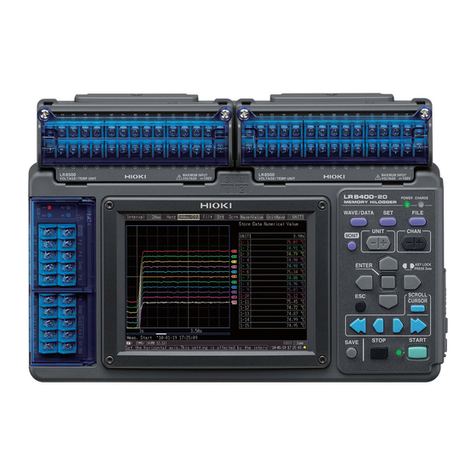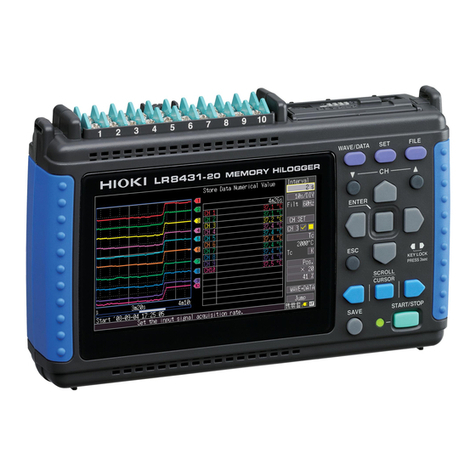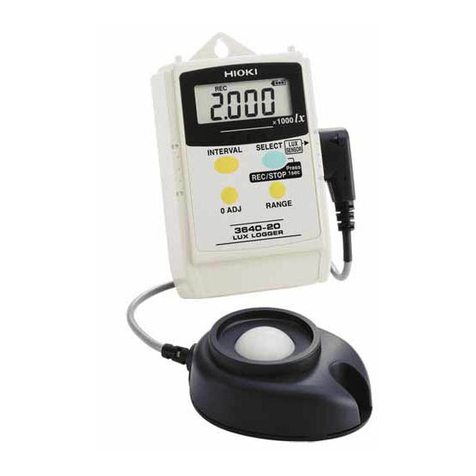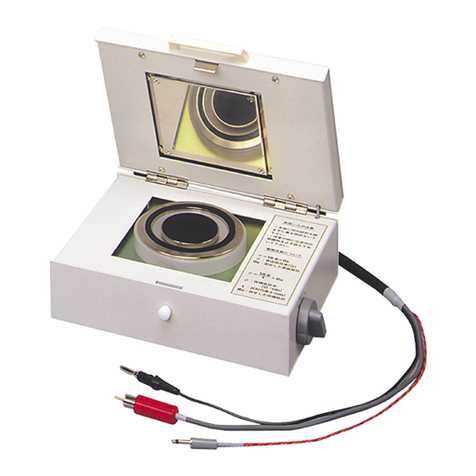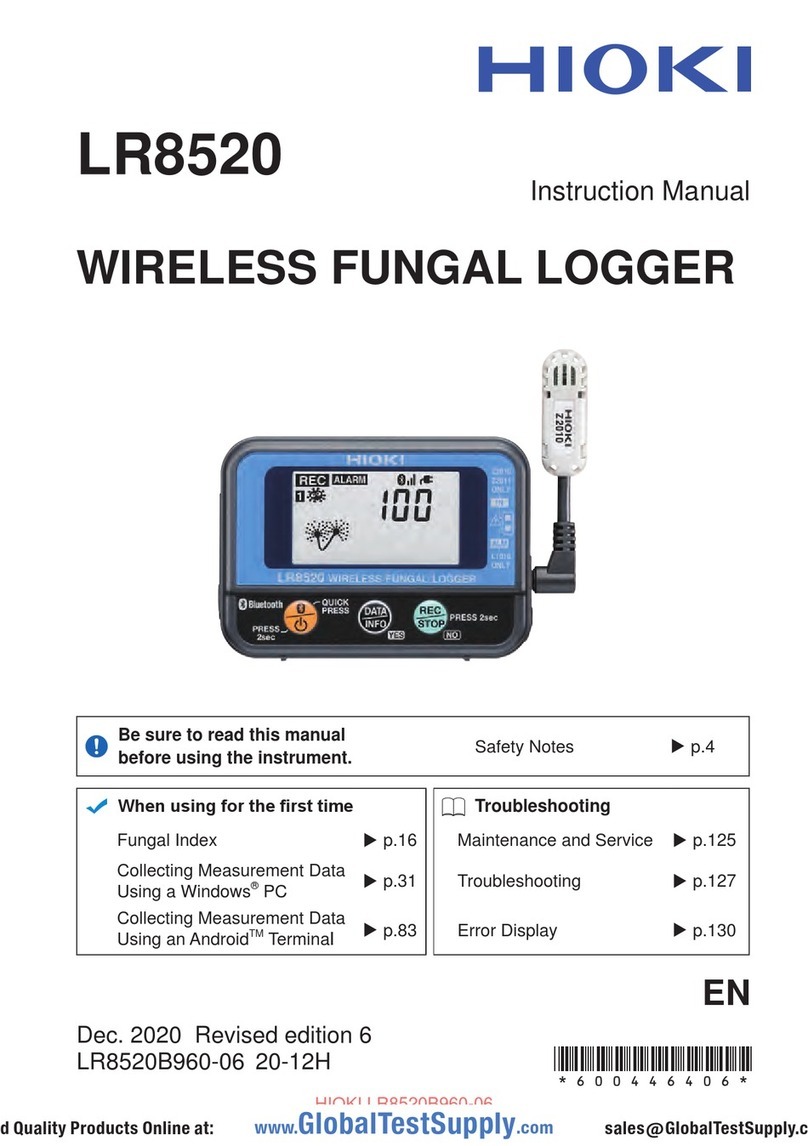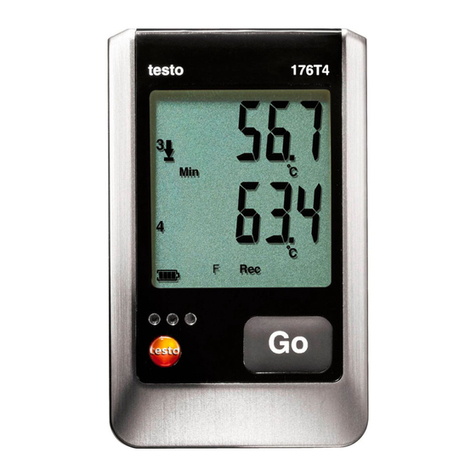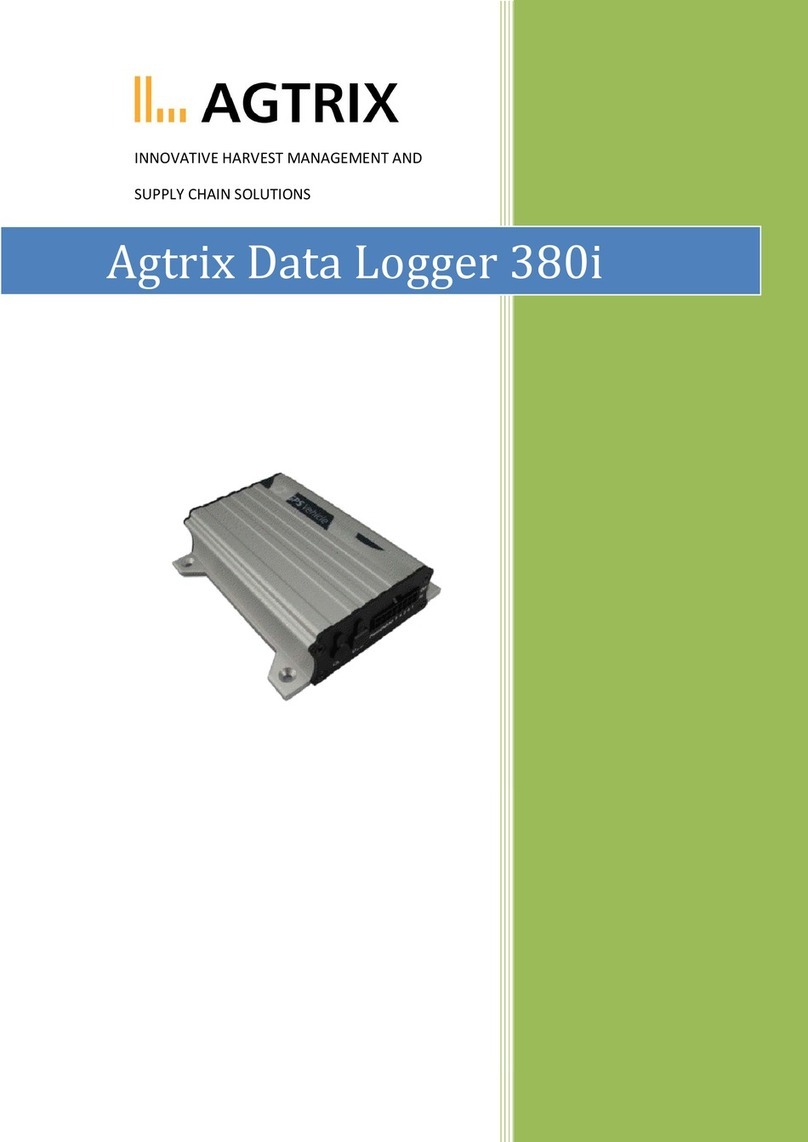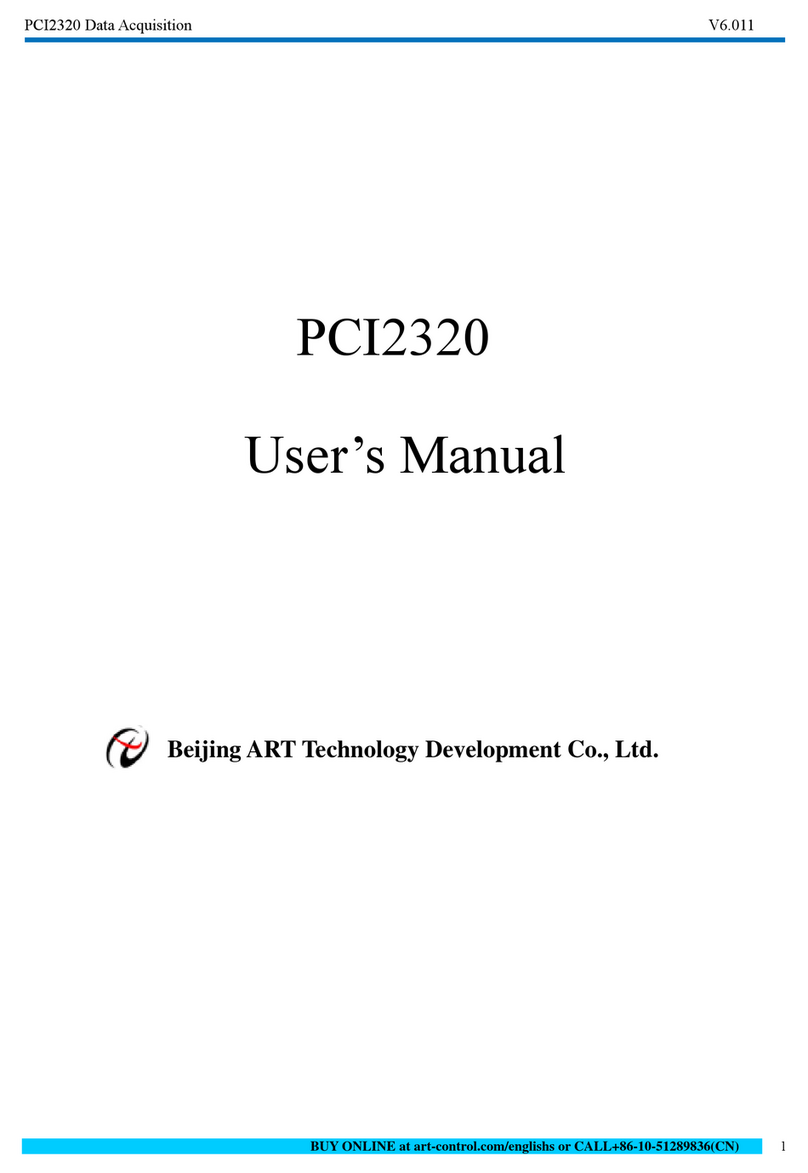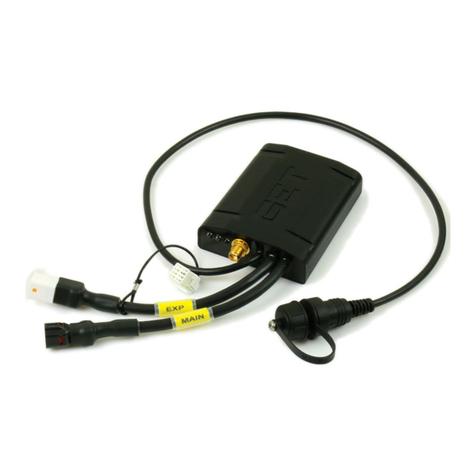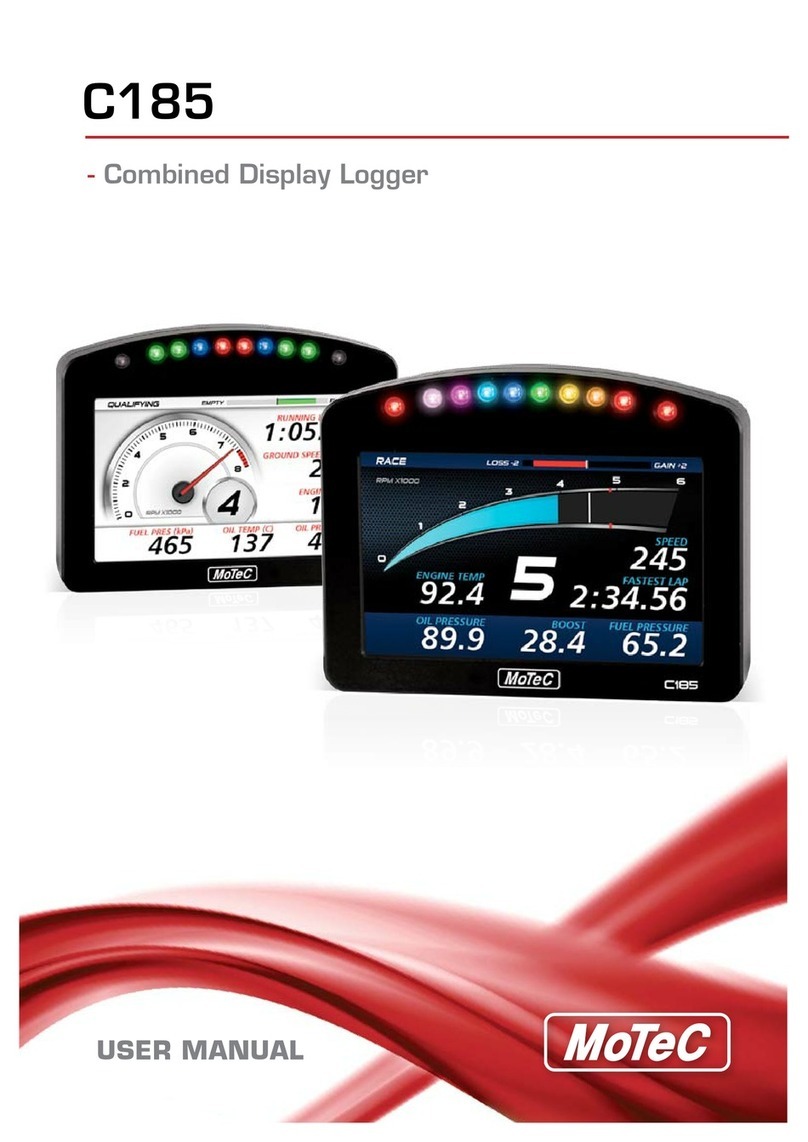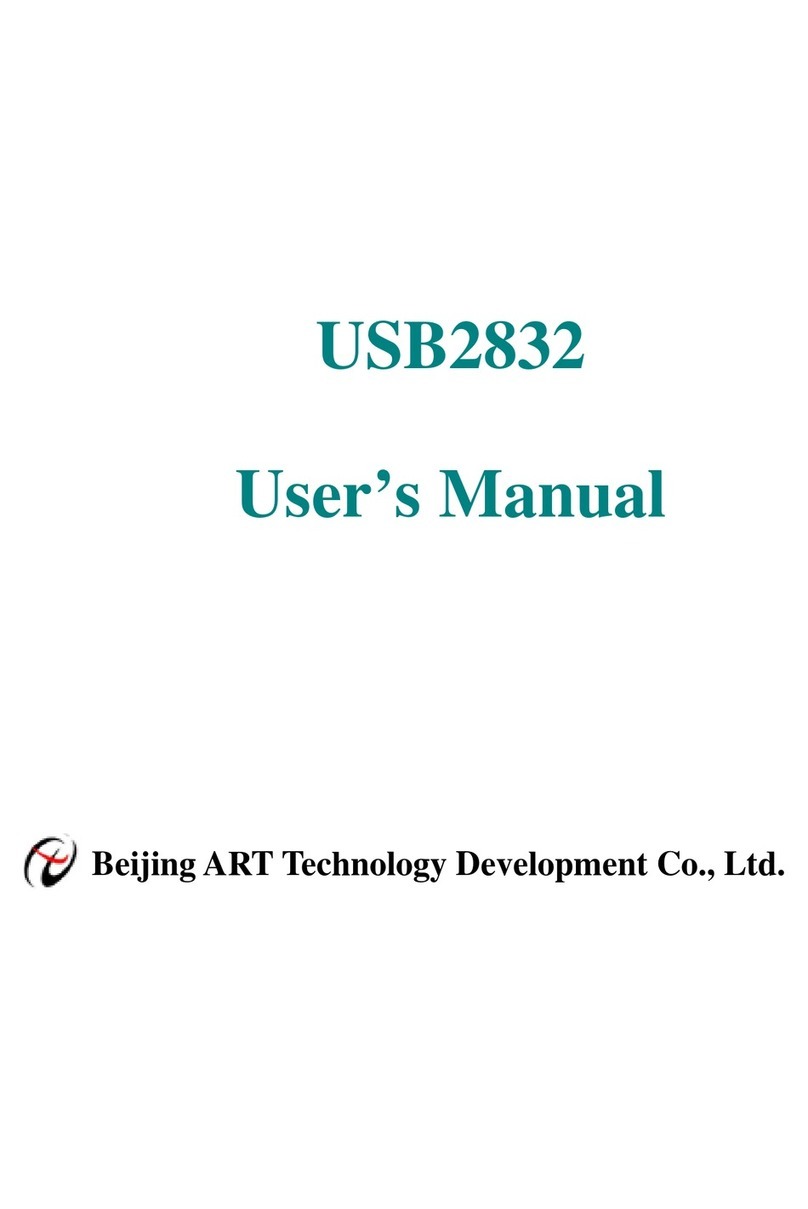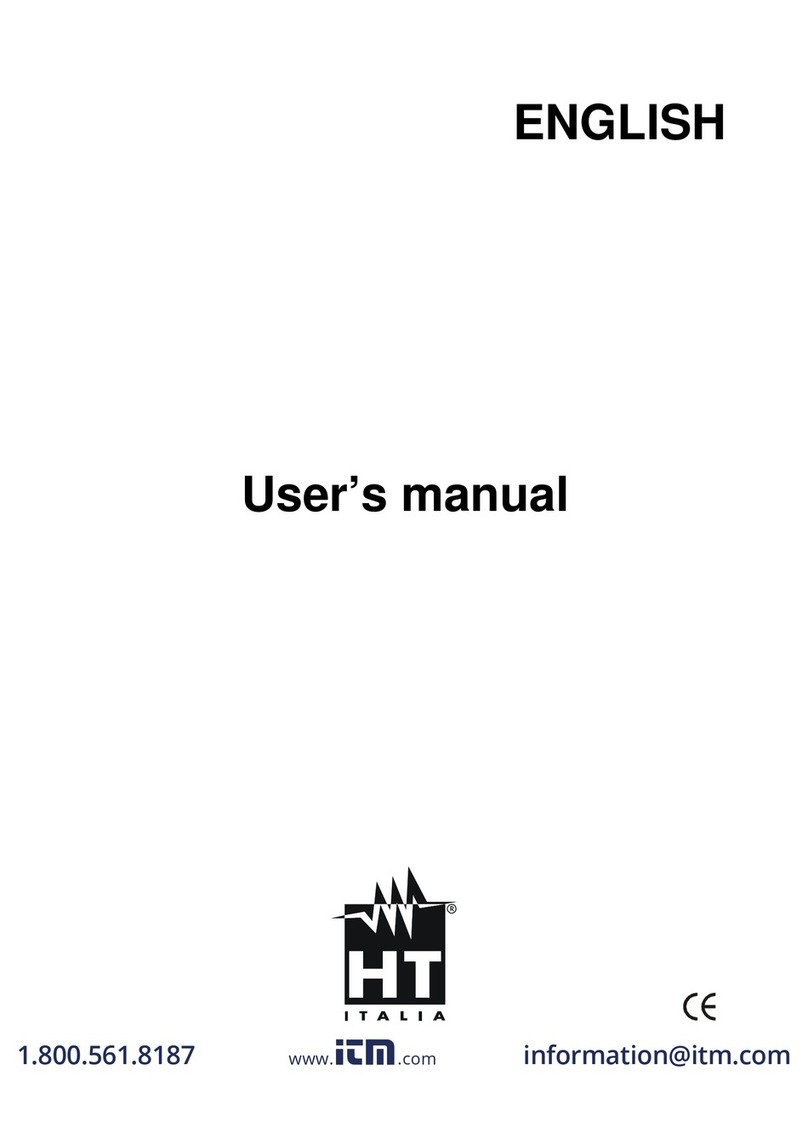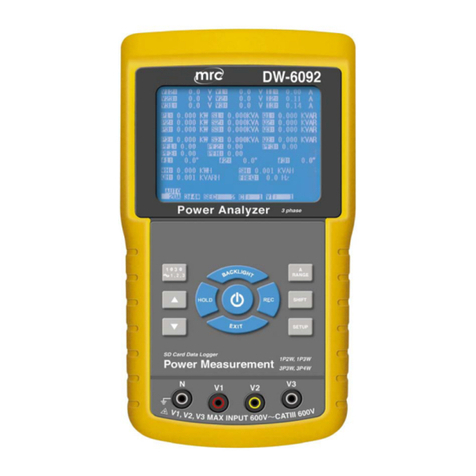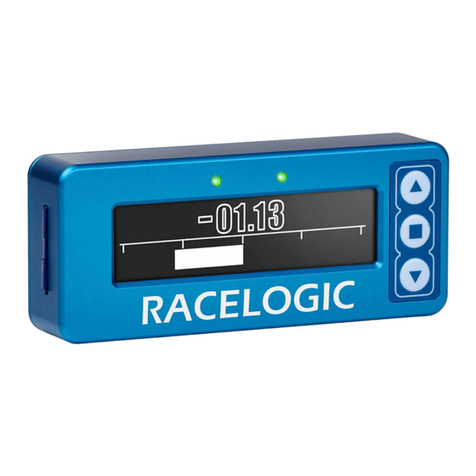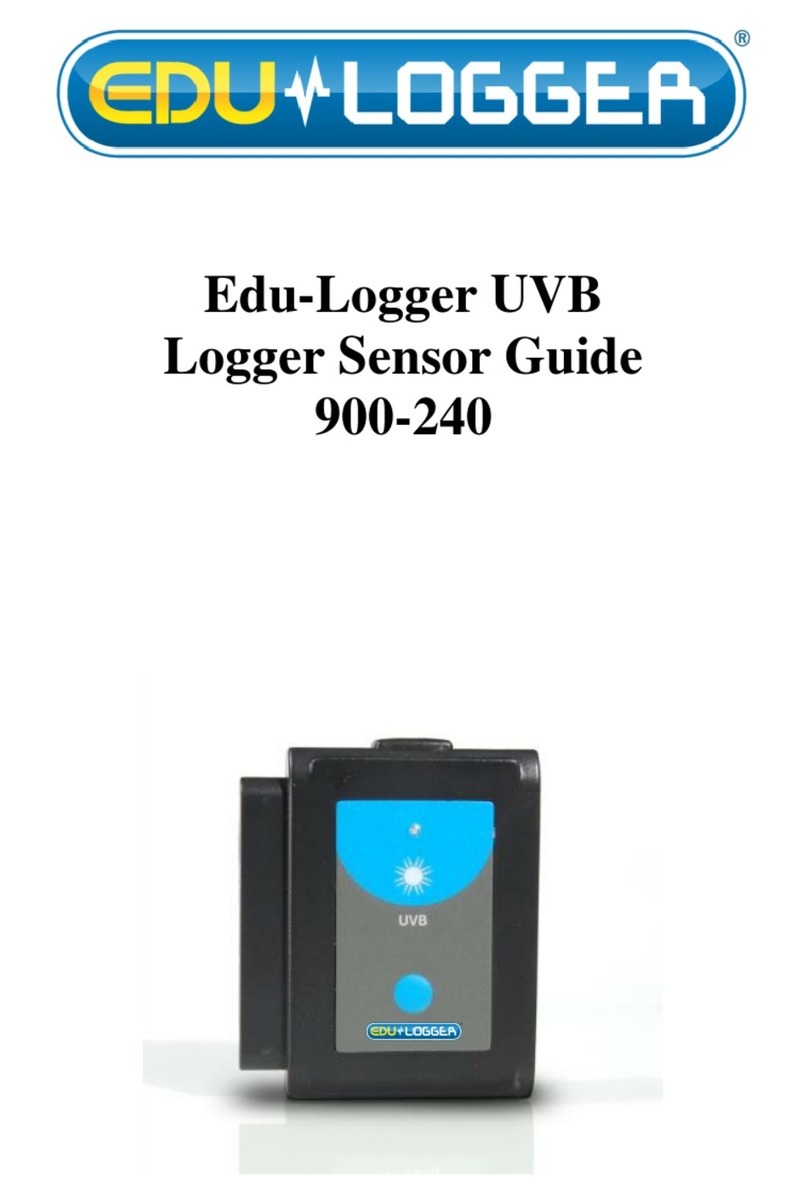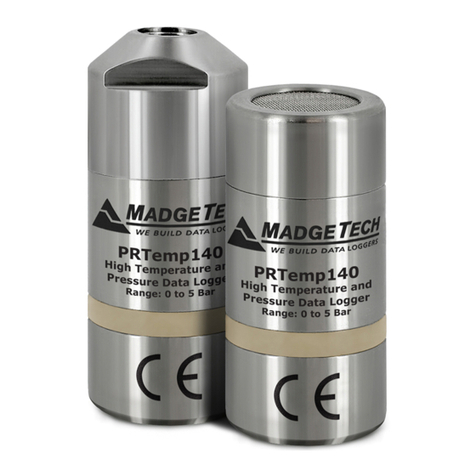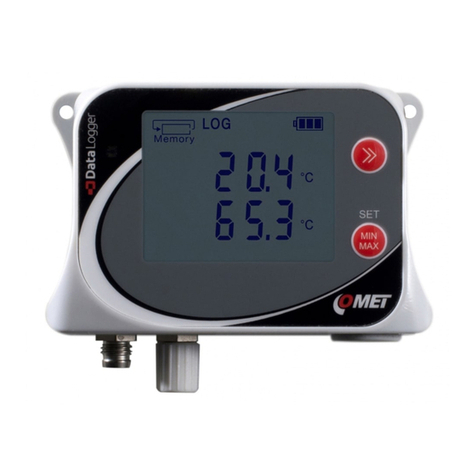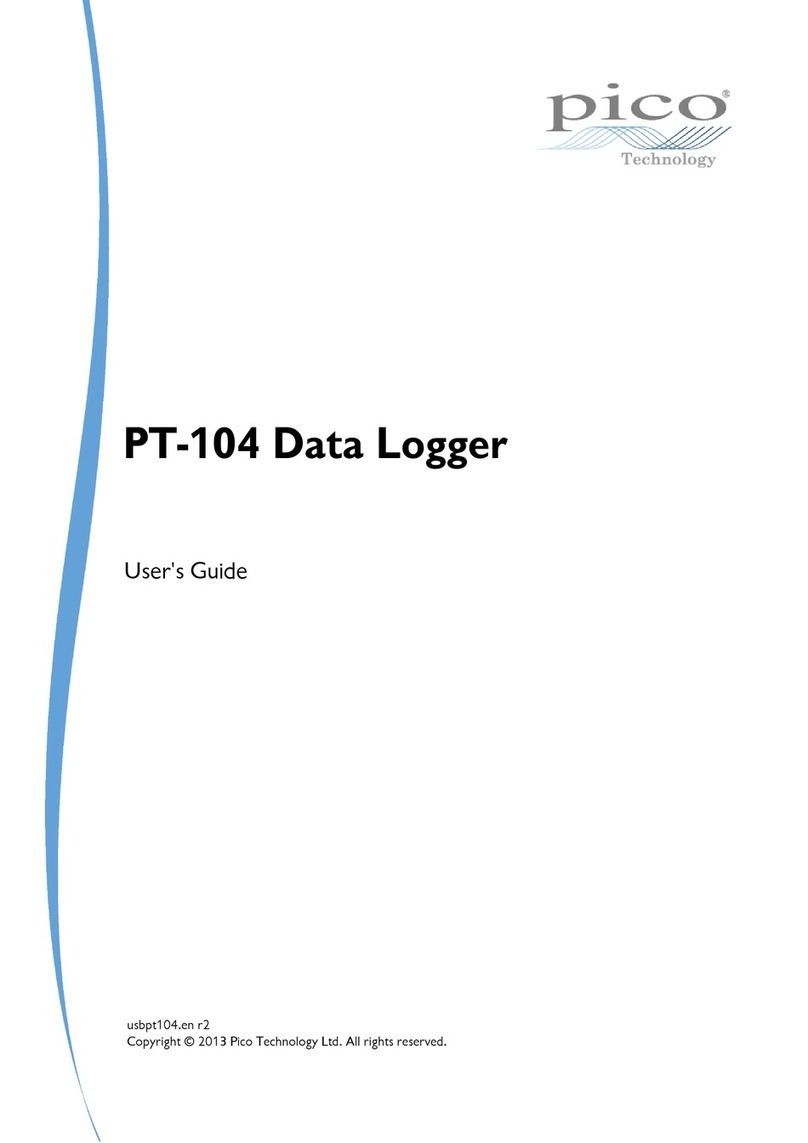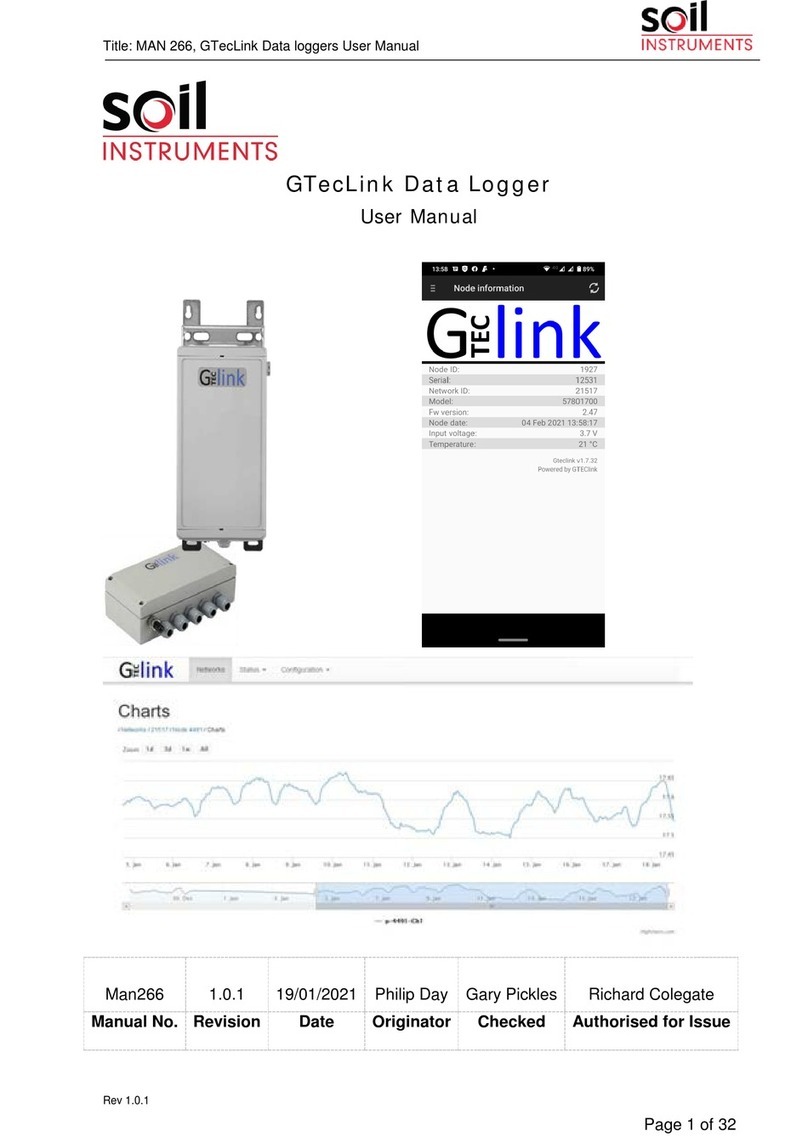
Contents
ii
Connecting Alarm Outputs ...............................................43
+12 V Output Connection (for external sensors) ..............44
External Control (using TRIG OUT and EXT TRIG) ........45
2.5 Turning the Power On and Off ............................... 46
2.6 Inserting a CF Card or USB Flash Drive
(when saving data) .................................................. 47
CF Card Insertion & Removal ..........................................48
USB flash drive Insertion & Removal ...............................48
Formatting a CF Card/USB flash drive ............................49
2.7 Compensating for Input Circuit Offset
(Zero Adjustment).................................................... 50
Chapter 3
Settings_____________________________________ 51
3.1 Setting Flow Overview ........................................... 51
3.2 Configuring Measurement Settings ...................... 52
Time Setting by Key Operations ......................................52
3.3 Input Channel Settings ........................................... 55
Key Setting Procedure .....................................................55
Voltage Measurement Settings ........................................57
Temperature Measurement Settings
(using thermocouples) .....................................................58
Temperature Measurement Settings (for RTDs) .............60
Humidity Measurement Settings ......................................61
Resistance Measurement Settings ..................................62
Pulse or Logic Measurement Settings .............................63
Integration (Count) Measurement Settings ......................64
Revolution Measurement Settings ...................................65
3.4 Data Saving Settings .............................................. 66
3.5 Waveform Display Settings (as needed) .............. 67
Key Setting Procedure .....................................................67
Selecting Waveform Display Color ..................................67
Specifying Vertical Display Range by Magnification and
Zero Position (vertical axis expansion/compression)........68
Specifying the Vertical Display Range by Upper and
Lower Limits (expansion/compression).............................69
Setting the Display Time Base
(horizontal axis magnification) ..........................................70
